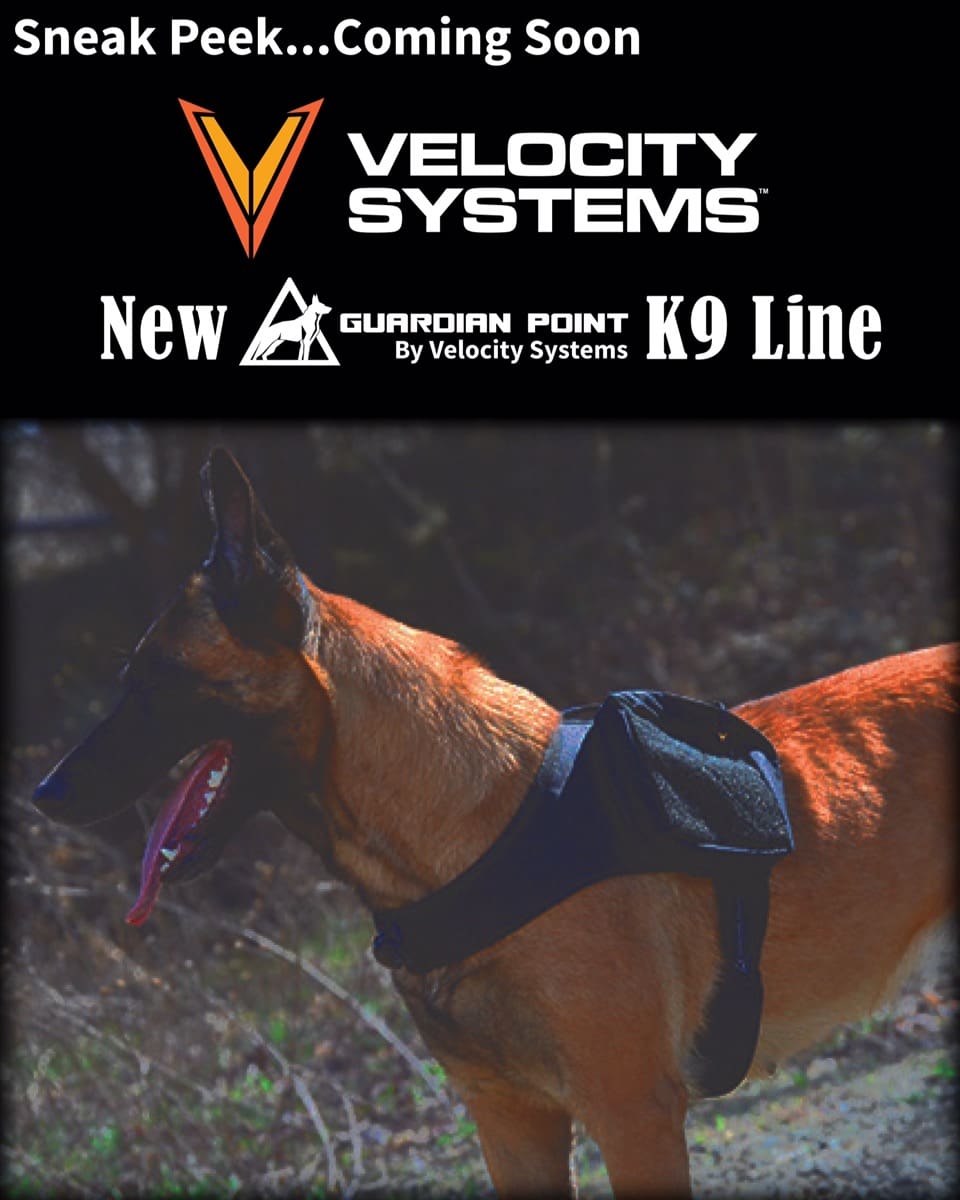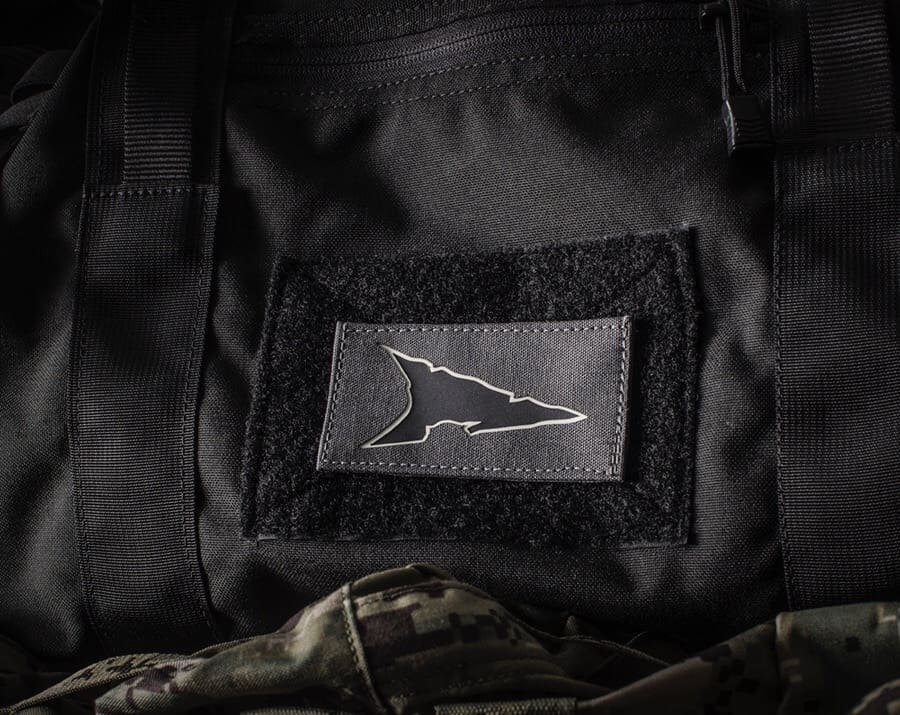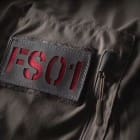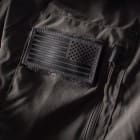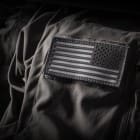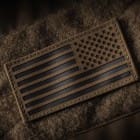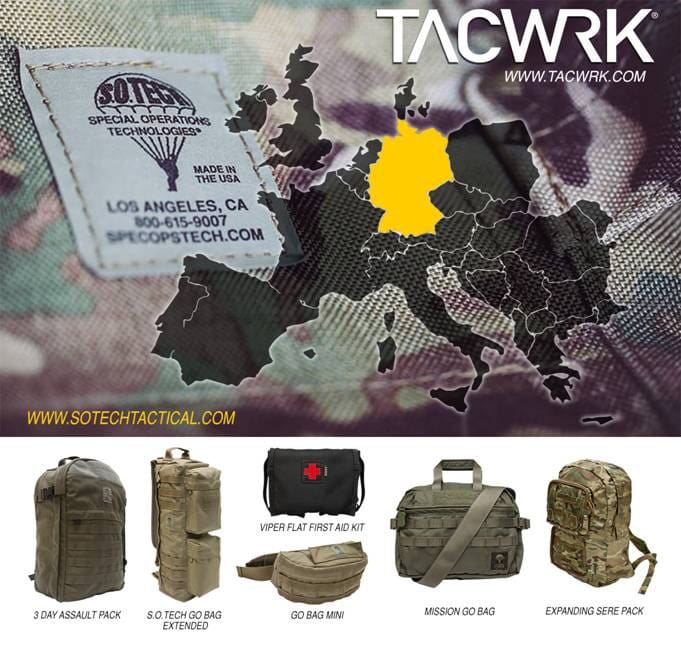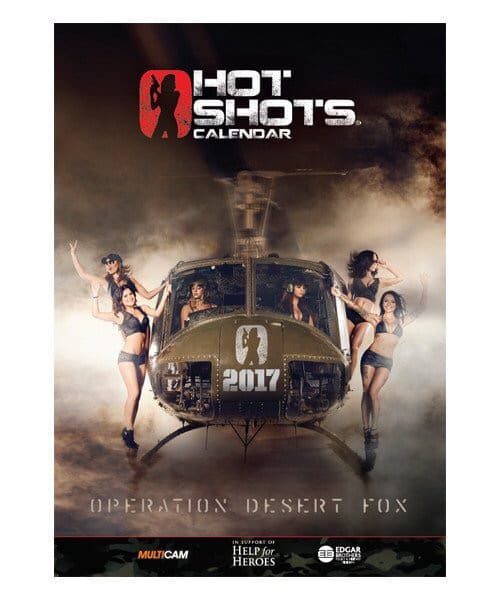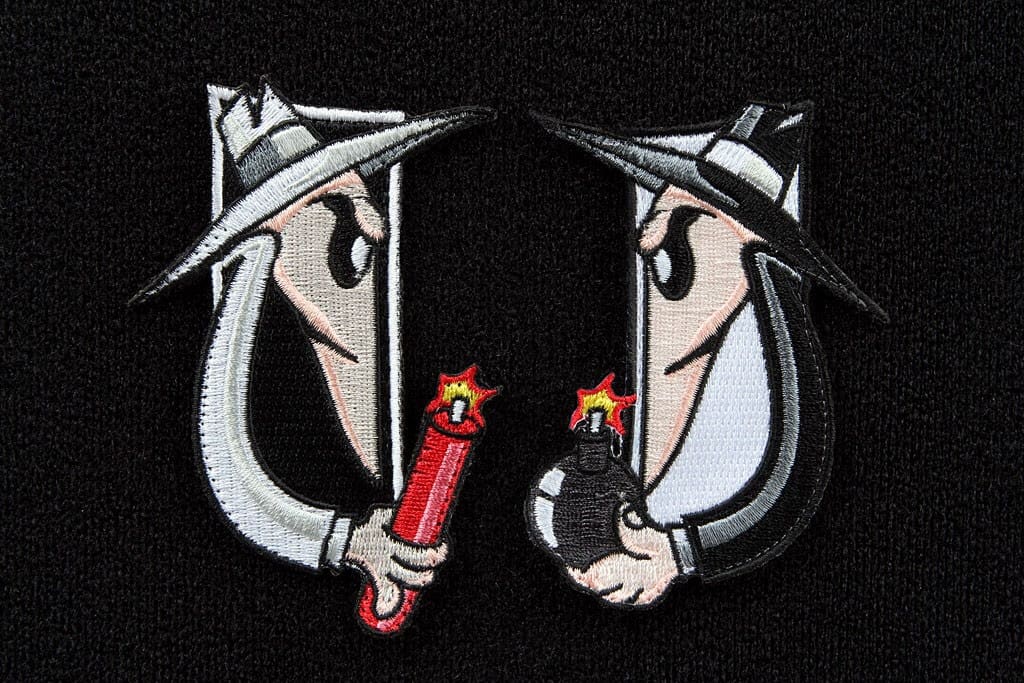Earlier this week, Berger Bullets President Eric Stecker posted this statement to their website. The official press release is available here.
Dear Fellow Shooter,
Rarely does an announcement contain information that impacts the shooting community and industry to far greater extent than simple words can adequately express. This is such an announcement.
We take great pride and tremendous pleasure in announcing that Berger Bullets has joined forces with the Nammo Group. This Norwegian/Finnish corporation is the home of a power house of premium brands including SK Rimfire Ammunition, Vihtavuori Powder and Lapua Bullets and Cases.
The joining of Berger Bullets with these world renowned, premium brands ushers in a new era of quality, performance and product availability for the discerning shooter.
First, we’ll provide a refresher on the ownership history of Berger. We have been making bullets for over 60 years. Berger was founded in 1955 and owned by Walt Berger for 45 years (Walt continues to work at Berger). In 2000, Spiveco Inc., maker of the J4 bullet jackets, purchased Berger from Walt. In 2002, Spiveco Inc. sold Berger to the Sheeks family who are the present owners. Today, under Nammo Group ownership, we join three other brands that share a strong passion and commitment to precision shooting performance.
These three brands are Lapua, Vihtavuori and SK. Every discerning rifle shooter uses the premium quality Lapua products. You also know the high quality and performance of the Vihtavuori powders. Vihtavuori joined the Nammo Group in 2014. Under Nammo Group support, Vihtavuori has produced a significant improvement in availability. SK Ammunition is also a brand within the Nammo Group that is well-known for producing quality rimfire ammunition. We are very excited to become one with these premium quality brands and proven to be committed to precision and quality.
The Nammo Group brings a level of support to Berger Bullets that is rivaled by few and bested by none.
Nammo will support us in many areas including production capability expansion, advanced engineering, innovative product development, and the opportunity to share technology between all of these top quality brands.
Our immediate goal is to significantly improve the availability of Berger products. Throughout our history the demand for Berger Bullets has exceeded our capacity even as we’ve grown our output capabilities over the last few decades. Our first obligation to our customers is to improve the availability while we remain committed to our highest level of quality in the industry.
Much of what has made Berger Bullets successful will remain unchanged. Bryan Litz is developing more great bullets for Berger and our technicians will still be answering your emails and calls. The changes to Berger as time moves on will come in the form of improvements born from collaborations with our new family of premium brands.
Our website will remain at www.bergerbullets.com and all methods of contacts will remain the same. As we run across any changes, we’ll make sure we keep you updated on our website and through email. So please, keep your information current on your email subscription and we promise to keep you posted.
Upcoming events Berger will sponsor and attend:
2017 SHOT Show in Las Vegas, NV (January 2017) – We’ll be there in the Berger booth (Booth #1405). Please come see us if you are at the show to get the latest on this exciting development!
2017 SW Nationals at the Ben Avery Range in Phoenix (February 2017) – See some of the Berger crew and our friends at Lapua/Vihtavuori.
2017 Cactus Classic (March 2017) – Join Walt Berger and Eric Stecker at this historic bench rest match hosted by the Arizona Bench Rest Shooters.
The entire Berger team appreciates your past business and we look forward to continuing to serve you and your precision bullet needs.
Sincerely,
Eric Stecker
President – Berger Bullets, LLC


